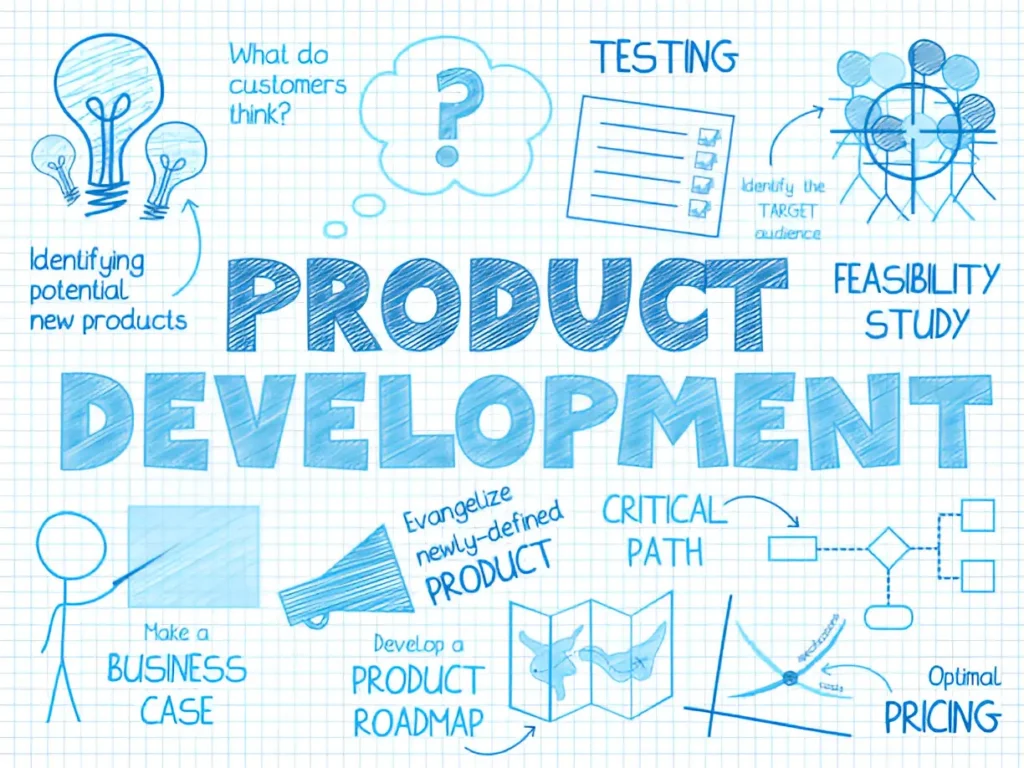The pace of innovation in the consumer goods sector has never been as rapid and as challenging as it is today. From smart technology to eco-friendly materials, product development is at the heart of the competition. In a landscape where consumer preferences shift like sand, companies striving to stay ahead must embrace the complexities of creating products that not only meet the present demands but also shape future trends.
Navigating the Innovation Maze
The road to successful consumer product creation is often winding and fraught with obstacles. For businesses to navigate this journey effectively, they must keep a keen eye on emerging technologies, society’s changing ethos, and the economic factors influencing market dynamics. Understanding consumer behaviour is just the starting block; the real race lies in converting that insight into tangible goods.
The Role of Consumer Research
Central to mastering product development is in-depth consumer research. Knowing what the consumer desires—even before they fully articulate it—is a critical step that can set a company apart. Data-driven product innovation, underpinned by accurate and insightful consumer research, provides the clarity needed to foster ideation that resonates with the market.
Embracing Agility in Product Creation
Agility in product development is not just a buzzword but a vital strategy. As consumer needs change rapidly, so must the ability of businesses to pivot. This means streamlining the development process, reducing time from concept to market, and being willing to modify or even abandon projects when feedback dictates.
Leveraging Advanced Technologies
Advanced technologies are redefining how products are developed. From 3D printing to artificial intelligence, these tools are enabling creators to prototype quickly, predict consumer trends, and tailor products more personally to individual needs. However, it is not solely about technology for technology’s sake—each advancement must be purposefully harnessed to drive innovation forward.
Competitive Collaboration
Collaboration provides a means to combine various areas of expertise and knowledge, which is particularly vital when handling complex product ecosystems. Strategic partnerships can lead to innovative breakthroughs that may be challenging to achieve in isolation. The key is identifying and forming symbiotic relationships that foster creativity and mutually beneficial results.
Fostering a Culture of Innovation
For a business to thrive in product development, it must cultivate an internal culture that encourages risk-taking, supports experimentation, and learns from failures. A company where every team member is driven by curiosity and the pursuit of excellence will stand a better chance of innovating successfully.
The Importance of Sustainability
In an age where environmental concerns are paramount, sustainability is a significant consideration in product development. Consumers increasingly demand that the goods they purchase do not come at an undue cost to the environment. This pressure drives brands to rethink their materials, supply chains, and even their product life cycles.
Understanding the Competitive Landscape
A thorough understanding of the competitive landscape is essential. Companies need to identify their unique selling propositions and strategize on how to leverage these effectively. In a market with numerous players, differentiating your product offering is key to garnering consumer attention and loyalty.
Investing in Design and Aesthetics
Design and aesthetics hold powerful sway over consumers’ decisions. Therefore, product aesthetics should not be an afterthought but a central component of the development process. Striking the right balance between form and function can be the difference between a successful product and one that languishes on the shelves.
Seizing Opportunities for Customisation
Customisation presents unique opportunities to connect with consumers. By offering personalised product solutions, companies can increase customer engagement and satisfaction. The future is likely to see an even greater shift towards products tailor-made to individual preferences.
Adapting to Regulatory Changes
Regulatory landscapes across different markets are continually evolving. Businesses must stay abreast of these changes and adapt their product development strategies accordingly to avoid compliance pitfalls and to capitalise on new opportunities that such changes may bring.
Utilising Consumer Feedback
Consumer feedback is the compass that guides the product development journey. Encouraging and analysing feedback from every interaction point allows brands to refine and enhance their offerings consistently. It’s a loop of improvement that can help secure a product’s relevance and longevity.
Championing Education and Transparency
Consumer trust is paramount. Brands that educate their customers about their products and maintain transparency about their production processes and business practices can build stronger relationships with their market, driving both loyalty and advocacy.
Preparing for the Unpredictable
The future is inherently unpredictable, and part of mastering product development is being prepared for unforeseen challenges. This could mean diversifying product lines, investing in research and development, or maintaining a flexible operational model that can adapt to rapid changes.
The Path Forward
As consumer goods companies look to the future, mastering the intricate art of product development will be pivotal to their success. It’s a multi-faceted challenge that requires a marriage of creativity, agility, and strategic foresight. By focusing on consumer needs, embracing innovation, and fostering a responsive and responsible culture, businesses can craft products that not only satisfy but also inspire and excite their customers.
Read more: Elevate Your Workout: Discover the Best Pilates Reformer for Sale


